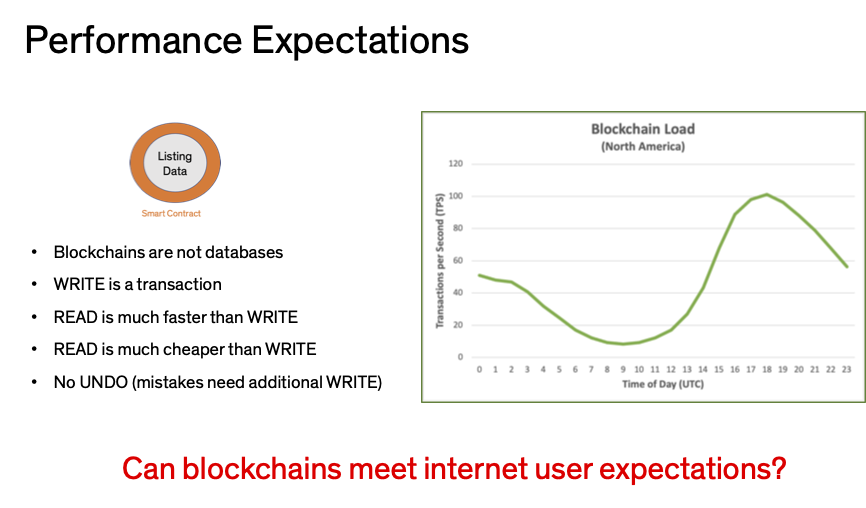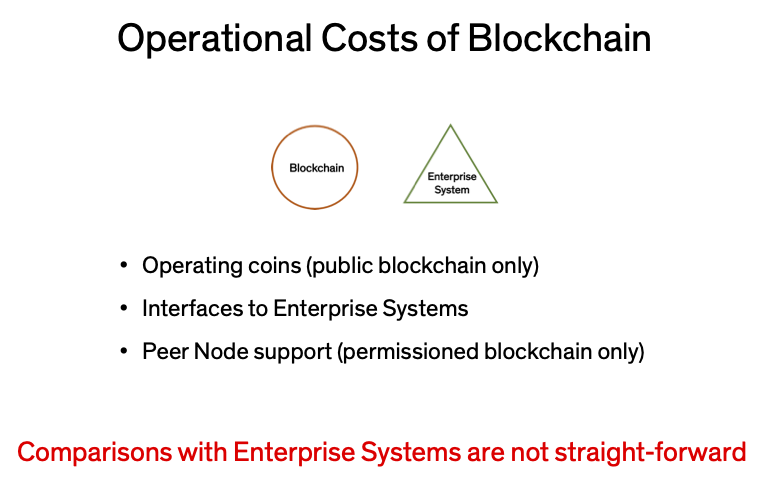There are benefits and challenges associated with blockchain. It is easy to get drawn into a jargon-filled debate that results in both sides talking past each other. I thought it would be good to compare the two on the basis of business economics, a consideration that is important to everyone. Advocates for blockchain tout that they are less expensive to operate than traditional systems, but is that true? Unfortunately, there are enough differences between the approaches that make comparisons difficult and conclusions misleading.
In a previous post, I proposed that the coexistence of blockchain and enterprise systems is a likely future. The industry investment in enterprise-grade systems is unlikely to be replaced. In my experience, change is never a zero-sum game because I still encounter production COBOL programs and users who use old browsers. Both approaches need to keep some information private.
Users have been satisfied with how companies adapted to the internet model and mobile devices. The services in use today are supported by well-proven tools and services. Real estate professionals subscribe to services that give them access to a wide variety of information including schools, public records, and financing history. The services also manage information (listings, rosters transactions, etc.) that are stored in relational databases, a technology that was introduced in the 70s (when I was entering the workplace). This is not a criticism, just an observation, which is why I used the term “well-proven”.
Blockchain allows every property to have different data needs. Interior history and appliance service records can be stored for one property, and HOA notes for another. In blockchains, listings can be short-duration states of the property where they are either on the market or off the market. To the public, a listing will look different than a property and the display rules are controllable at the listing level.
Real estate professionals are used to working with tables of information, akin to spreadsheets. The column contents are uniform and every row represents a listing. With a spreadsheet of listings, comparing prices is simple if you have a column called ListPrice. Enterprise systems do an excellent job manipulating tabular information especially if they have documented formats. RESO has done a good job standardizing the listing field information.

It would be unfair to evaluate blockchain and enterprise as direct replacements because the information arrangements are different. Blockchains are slower than databases but require fewer maintenance procedures like backups and synchronizations. It appears that blockchain has an economic edge but the cost has shifted.

Blockchain has other costs that include a transactional component. Further complicating the comparison is the fact that there are different kinds of blockchains and some can even generate revenue.
Comparing blockchain to Enterprise Systems based on economics requires a different list of expenses and revenues for each approach. In a future post, I will examine the impact of generating revenue from information stored in a blockchain.

Leave a Reply